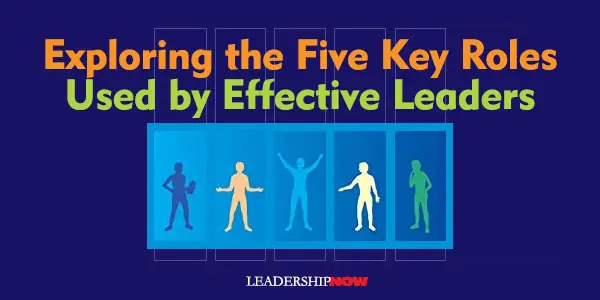 |
 |
12.10.08

Exploring the Five Key Roles Used by Effective Leaders IN Making Sense of Leadership, authors Esther Cameron and Mike Green asked if leadership is making something happen that would not have otherwise happened, what is it that leaders must pay attention to? They came up with five naturally occurring areas of concern:
IN Making Sense of Leadership, authors Esther Cameron and Mike Green asked if leadership is making something happen that would not have otherwise happened, what is it that leaders must pay attention to? They came up with five naturally occurring areas of concern:
• Discomfort: What’s not working? Where is the organization hurting?
These areas of focus were then paired with five shifting roles used by leaders to deal with each of these areas of concern. Leaders must draw their cues from the environment in which they lead. These roles are: • Edgy Catalyser: Focuses on discomfort, asks difficult questions, spots dysfunction and resistance, creates tension for change.
The authors discuss each of the five roles in detail and show in what context they can be used. They offer a valuable self-assessment and demonstrate ways to expand your role repertoire. Knowing which role or roles you tend to gravitate to is important in a number of ways. Understanding your own tendencies helps you to know which areas you can build on and what you can expect to achieve. It also helps you to know which roles you could develop to make yourself more flexible, but more importantly, it helps you to know the kinds of leaders you should surround yourself with to accomplish your organizational goals. Leaders don’t all have to be highly dominate people; they don’t all have to be interpersonal wizards. It’s not essential for all leaders to be electrifying speakers and leading-edge thinkers. Neither is it essential for every single leader to be superbly organized…but it does help to be at least some of these things. And leaders have to learn to develop the right mix of role to match their personality, the organizational situation and the people around them. 
Posted by Michael McKinney at 11:36 PM
|
BUILD YOUR KNOWLEDGE
 

How to Do Your Start-Up Right STRAIGHT TALK FOR START-UPS 
Grow Your Leadership Skills NEW AND UPCOMING LEADERSHIP BOOKS 
Leadership Minute BITE-SIZE CONCEPTS YOU CAN CHEW ON 
Classic Leadership Books BOOKS TO READ BEFORE YOU LEAD |